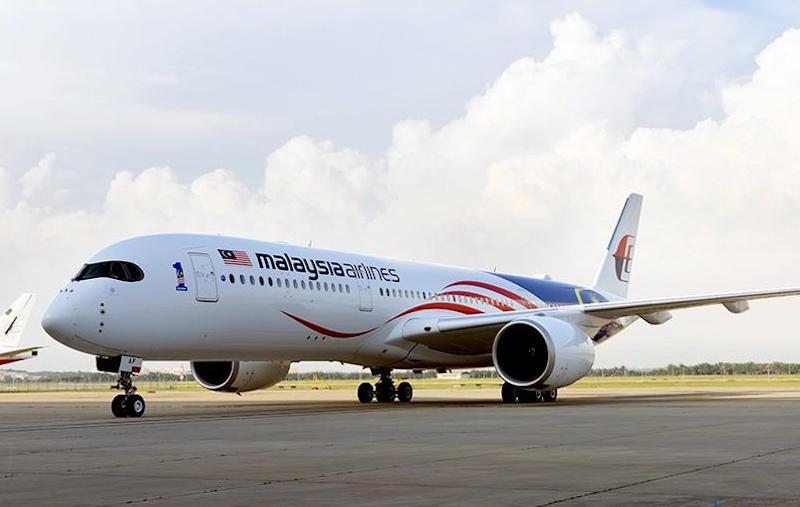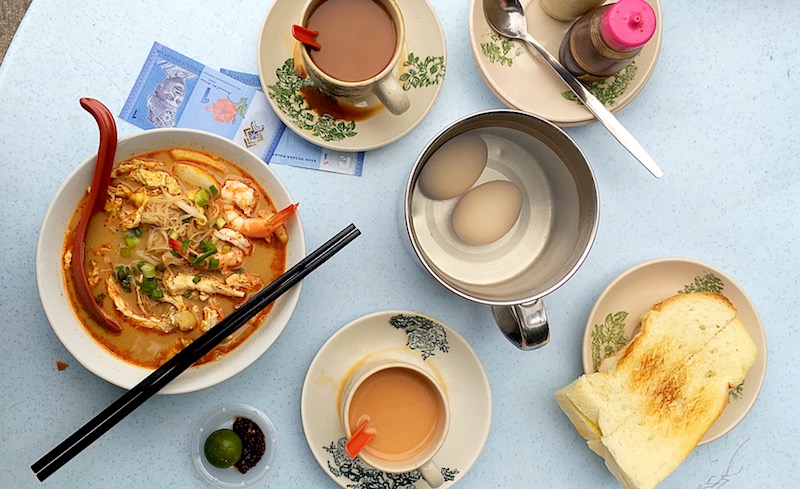
(Photo: Bazuki Muhammad/Reuters)
Life in Malaysia is unique for the multitude of experiences it offers and the relatively peaceful life we have been able to live. With so many cultures coming together, our lives have become richer and while the rest of the world talks derisively about cultural appropriation, it is a happy way of life for us. No one thinks twice about the Chinese uncle eating with his hand at the banana leaf joint, the Indian girl wearing a kebaya to work or the Malay aunty who makes to-die-for Nyonya kuih. So much of our culture has been appropriated as common property, yet it is valued because of its individual uniqueness.
This year’s Merdeka celebration got the Options team thinking about what being Malaysian really is, and how the oddest of things can serve as a reminder of home. Proudly display the Jalur Gemilang from the rooftops and sing Negaraku till your voice reaches the rafters if it so pleases you — but they are far from the only things that make one think of Malaysia.
Testament to her love of food, Options editor Diana Khoo’s favourite Malaysian symbols are nasi lemak bungkus and her late grandaunt’s batu giling, and she shares another memory that we all found to be most touching. “A very long time ago, as a young writer, I remember being several weeks on the road in South America, as far away from home as you could possibly be. I was waiting to catch a flight home on Malaysia Airlines from Buenos Aires, via Cape Town and Johannesburg — routes MAS flew in those days. Seeing the wau (kite) logo on the plane made my heart leap ... I knew it was going to take me home. So, somehow, the wau or even the symbol of it, is Malaysia to me.”
mas.jpg

Assistant editor Tan Gim Ean’s choice was less romantic, but no less poignant — the Good Morning towels that were often given out at the beginning of funerals, which proved very useful on the lengthy procession under the sun. These towels, which she also remembers seeing dangling around the necks of hawkers, now have the words Selamat Pagi, making the original version she remembers collectors’ items.
Food occupies much of our collective memories — Lakshmi Sekhar, the baby of the team, lists Haw Flakes (a disc-shaped candy made from hawthorn fruit), for Shalini Yeap it is teh tarik; and Petrina Fernandez adds Lingham’s chilli sauce and kuih lapis to the line up. Mae Chan’s list includes Bata slippers, minyak angin cap kapak and Yusuf Taiyoob dates, while our digital head Kong Wai Yeng finds local kopitiams and tikam, a game of chance popular in 1990s primary schools, to be most indicative of Malaysia.
It is interesting to note that what we consider Malaysian today may not actually be Malaysian at all — Bata is in fact a Czech footwear brand, and Haw Flakes are from China.
kopitiam.jpg

Rubber slippers, feather dusters that did double duty as disciplinary tools and roti canai all came up in subsequent discussions, indicating that it is hard to pinpoint a single thing that identifies us as Malaysian because we cannot be defined by just one thing. Something I find to be very Malaysian are the cream-filled buns sold by the roti men on motorcycles, which my grandfather could once buy for just 20 sen.
Being Malaysian is never going to be about just one trait, just as there is no one product that says Malaysia. We all have our things that remind us of home and our children, if asked this question one day, will have vastly different answers from ours. Their answers, like ours do for us, will represent their time and what the country means to them. What is most Malaysian to you?


